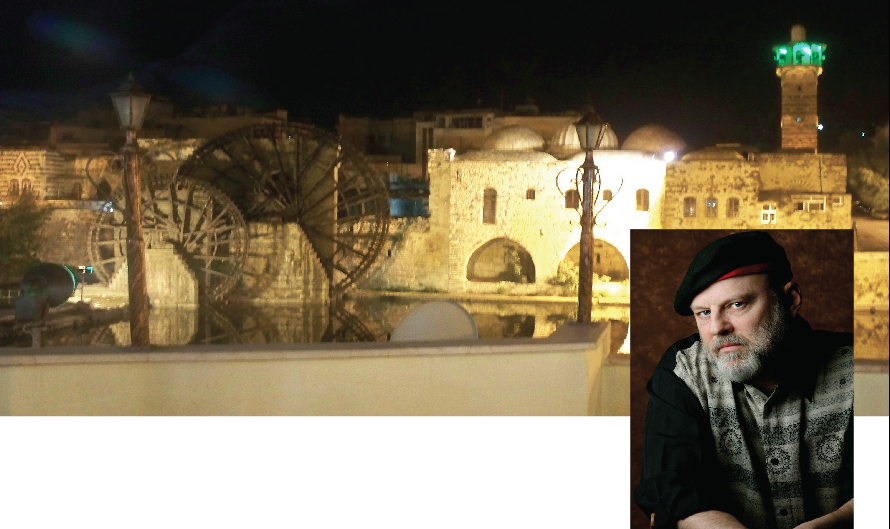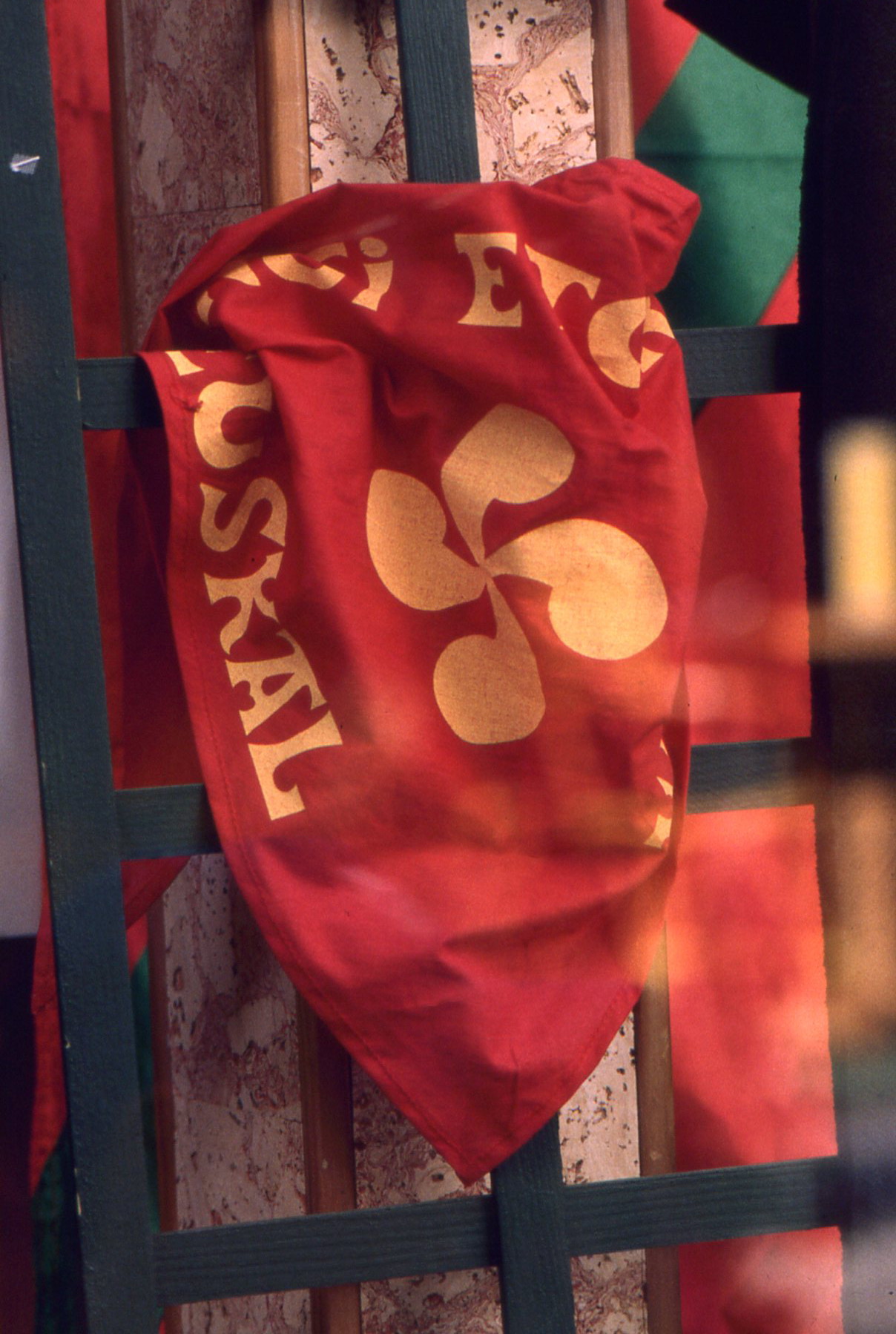23 December 2013
Housed in the Maison Dagourette, a quayside mansion in the fervently Basque district of Petit Bayonne in southwestern France, the Musee Basque has become one of the finest ethnographic museums in the world.
The museum houses a variety of collections—including special rooms on the history of Bayonne and its connections to the sea. Bayonne is the cultural and commercial center of the French Basque region. Set on a pair of rivers just inland from the Atlantic, Bayonne has long been home to piratical and legitimate sea trade. Evidence of both endeavors is amply provided in the Musée Basque. Besides scale models of the city in 1805 and numerous ship artifacts (both miniature and full-size), the Bayonne History section utilizes video to great effect—at certain locations the visitor watches a soundless screen that shifts from scenes of the present to those of the past and even blends the two to evoke the passage of time and the endurance—or obliteration—of landmarks and lifestyles.
But it is beyond these, in the Basque culture rooms, that the museum really shines. One section, organized around the almost-mystical Basque concept of exte, or “home,” walks the visitor inside the house gates and down under heavy wood-beamed ceilings through the rooms and furniture that typify the Basques. Distant music plays; a storyteller’s voice recites hearthside tales . . . It might almost be time for supper around one of the great carved wooden tables.
There are also key cultural accoutrements on display, cleverly lit and majestically displayed—strange musical instruments, ceremonial costumes, collections of the walking/sword sticks called makhilas which are family heirlooms. It is said that a Basque would no more part with his makhila than he would sell his mother.
Depending on one’s interest, there are many other sections in the museum to explore as well: farming, maritime activity, mourning in the Basque country, the role of the Separdic Jewish community in Bayonne life.
One skylit room features a collection of flat stone tomb markers, often incised with symbols of the Christian era or the peculiarly Basque laubura, which looks something like a wavy cross with the wooden heads of golf clubs attached to each end.
If your feet tire, sit down and watch the slide shows and videos of traditional village dances. What is most astonishing about them is the traditional festival clothing and dance styles of the men. Hulking fishermen and shepherds prance and mince with intricate foot patterns while wearing frilly tutu-like skirts, wild hats and tights. There is one especially notable figure—an apparently standard man-horse costume which appears frequently—where the participant appears to be wearing a wide oval lampshade around his waist and a very unfortunately-placed skinny wooden horse head sticking out of the front from his groin.
Sports fans will gravitate towards the pelota wing. Here, the Basque love of the game—or games, really, as pelota has at least a dozen variants—is displayed in paintings, sculpture, and artifacts. Even to a non-participant, the pelota area resonates with cultural identity. Some of the paintings feature individual players—often pre-20th century, including some with hair down to the middle of their back and a priest in full cassock. Other paintings are of village scenes such as a procession from the church, or a wedding, or farmers at harvest. In all these communal scenes there are games of pelota going on in the background, like an eternal backdrop to the everyday.

The artifacts in the Musee Basque dwell heavily on traditional Basque life, like this exquisite wrought-iron gateway that honors the sport of pelota.
The feel is akin to that of the Baseball Hall of Fame. This sensation is heightened by the game-tested artifacts. Blackened balls (slightly smaller than a baseball, but with the same raised seams and leather covers) are inscribed “Ainhoa 50, Bilbao 23, 1888 Border Championship,” and the like. The development of the lachua (a leather scooped-shaped glove which is worn on one arm), is traced from crude calf-skin mitts, to tightly woven rawhide, from flat to curved, and on up to examples of lightweight metal mesh design. Scoreboards, softball-sized balls, an entire career’s collection of lachua belonging to one of pelota’s famous early 20th century players . . . the Hall of Fame motif rolls on.
Whether in sports or celebrations, music or art, the museum makes its point: We are Basques. These—the ballgames, the costumes, the cozy hearth of home—are what bind us together. We are too old a people to ever lose our way.





